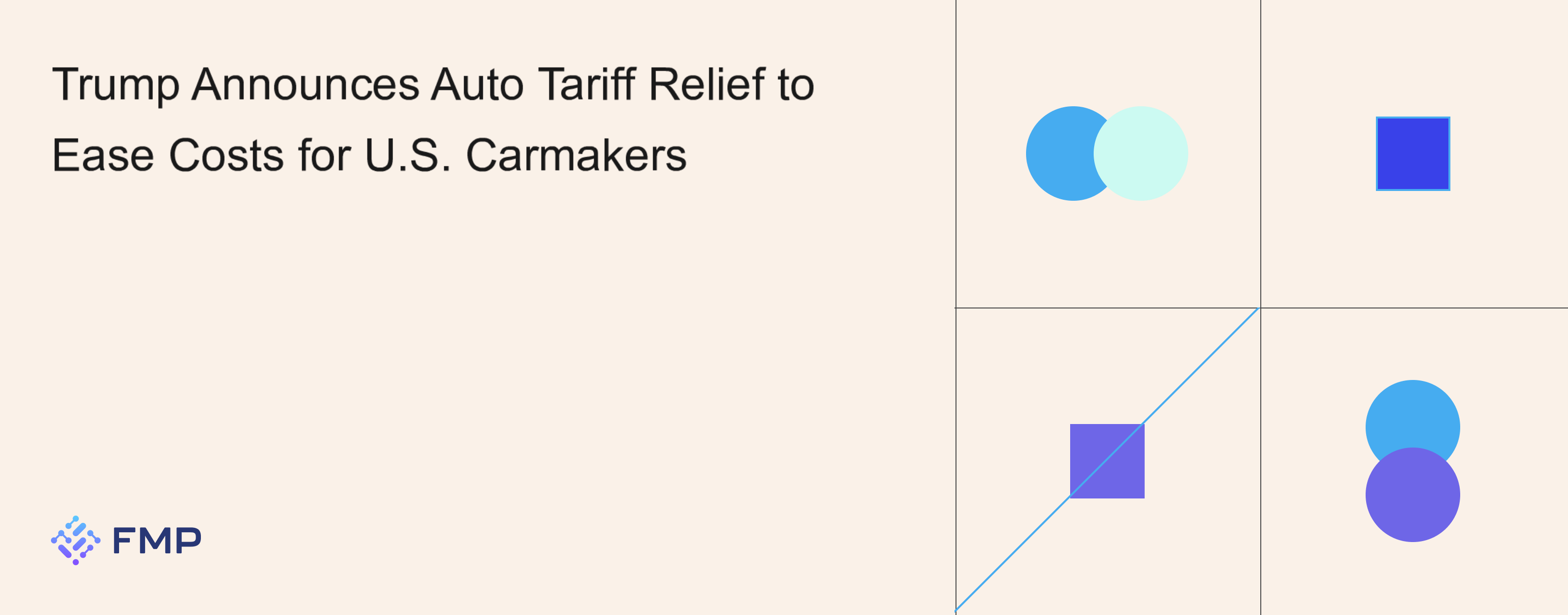
Key Elements of the Adjustment
President Trump will prevent his new 25% auto tariffs on finished vehicles and parts from stacking with existing steel and aluminum duties. Automakers will also be reimbursed retroactively for duties already paid, capped at 3.75% of a vehicle’s value for one year.
What It Means for the Auto Sector
By shielding domestic producers from additional levies, original equipment manufacturers can stabilize production costs and margins. Insights from Financial Modeling Prep’s Industry P/E Ratio API show that U.S. automakers currently trade at roughly a 20% discount to their five-year average EV/EBITDA multiple—an opportunity that could narrow if cost pressures ease.
Next Steps on Supply-Chain Localization
Supply-chain realignment: OEMs will have breathing room to onboard more U.S.-based parts suppliers without an immediate cost shock.
Global negotiations: Any further de-escalation with China or the EU will determine whether this relief is extended beyond the one-year cap.
Commodity cost monitoring: Even without stacking duties, steel and aluminum prices remain volatile and must be tracked closely.
This targeted relief should help U.S. carmakers navigate the transition to “Made in America” sourcing and improve near-term free cash flow—setting the stage for stronger valuations if the sector can sustain these cost savings.

